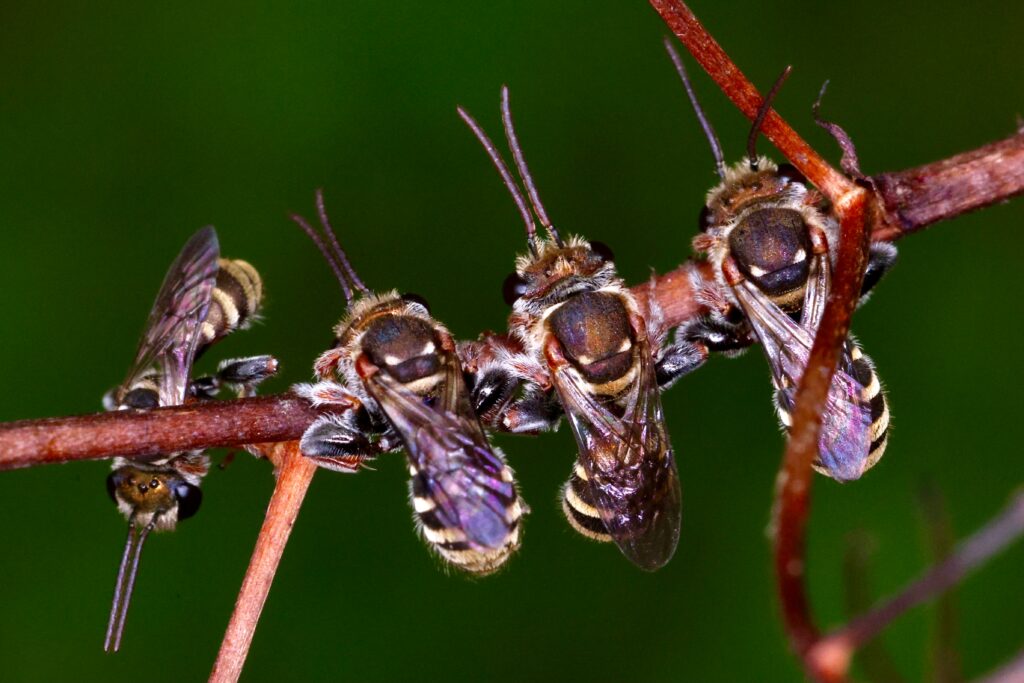In the vast expanse of nature’s wonders, few phenomena are as visually striking and scientifically fascinating as locust swarms. Picture this: billions of insects filling the sky like a living cloud, moving with such coordinated precision that they appear to function as a single organism. These biblical plagues have shaped human history, devastated agriculture, and puzzled scientists for centuries. Behind this remarkable display lies an extraordinary form of collective behavior known as swarm intelligence – a decentralized, self-organized system where individual locusts, following simple rules, create complex group behaviors that enable millions to move as one. The transformation from solitary grasshoppers to synchronized swarms represents one of nature’s most dramatic examples of emergence, where the whole becomes something far greater—and more terrifying—than the sum of its parts.
The Jekyll and Hyde Nature of Locusts
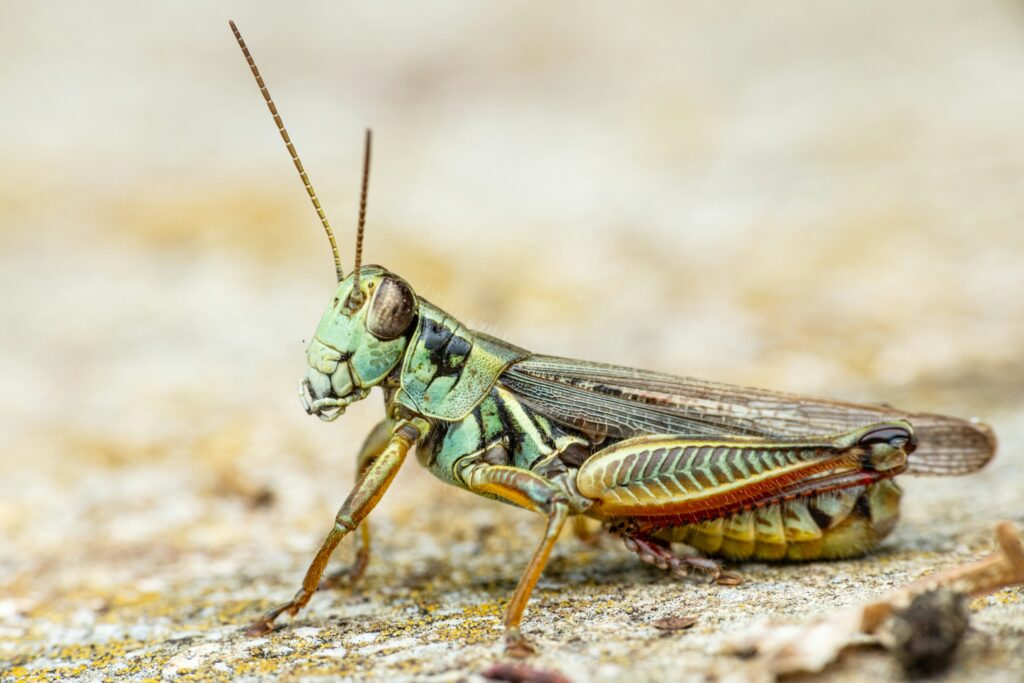
Locusts are not a distinct species but rather ordinary grasshoppers that undergo a remarkable Jekyll-and-Hyde transformation when environmental conditions are right. Most of the time, these insects live solitary, innocuous lives, preferring to avoid other members of their species. During periods of drought followed by sudden rainfall, desert vegetation blooms rapidly, creating ideal breeding conditions that cause locust populations to explode. As their numbers increase and habitats become crowded, a fascinating physiological and behavioral shift occurs – the grasshoppers enter their “gregarious phase.” This transformation involves changes in hormone levels, coloration (usually becoming more vivid), body shape, metabolism, and most importantly, social behavior, turning them from solitary insects into the cohesive swarms that have terrified civilizations throughout history.
The Trigger Behind the Transformation
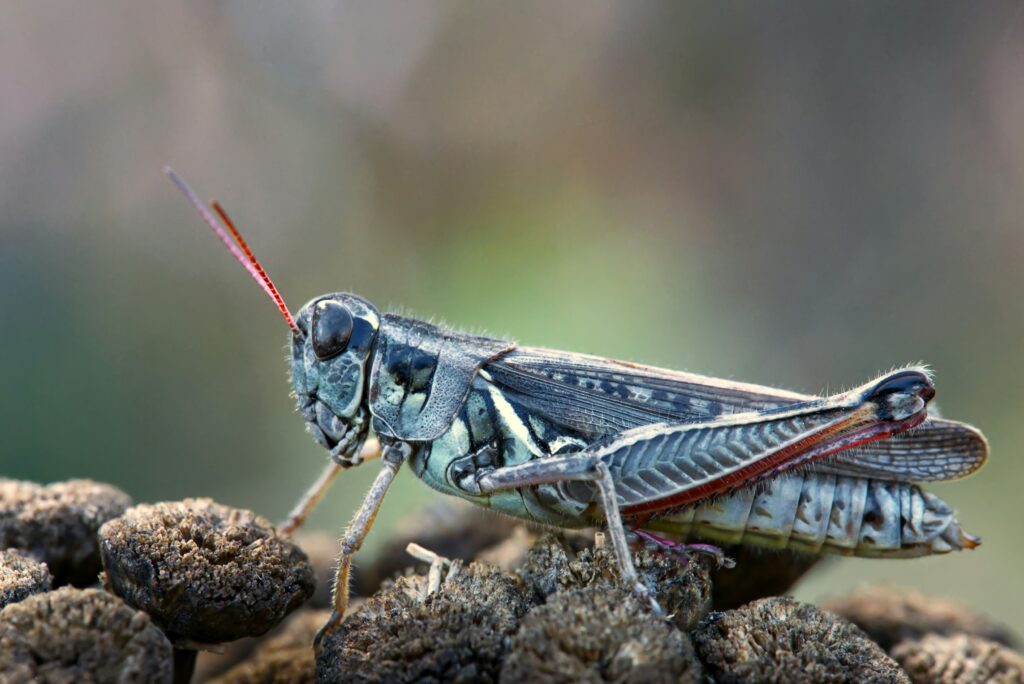
The transformation from solitary grasshopper to gregarious locust begins with a simple stimulus: touch. When environmental conditions cause grasshoppers to bump into each other frequently, mechanoreceptors on their hind legs detect these contacts, triggering a cascade of neurochemical changes. This tactile stimulation causes serotonin levels to increase dramatically in the insects’ nervous systems within just a few hours. The serotonin surge rewires their brain functions, altering their behavior from avoidance to attraction toward other locusts. Scientists have demonstrated this remarkable metamorphosis by artificially stimulating the hind legs of solitary grasshoppers or injecting them with serotonin, which rapidly induced gregarious behavior without any population pressure. This neurological switch represents one of the most dramatic examples of how simple environmental cues can completely transform an animal’s behavior and ecological role.
The Mathematics of Swarm Formation

Behind the seemingly chaotic movement of locust swarms lies a mathematical elegance that has captivated physicists and computer scientists. Researchers have discovered that locusts follow surprisingly simple rules that create their complex collective behavior. Each insect maintains a minimum distance from neighbors to avoid collision while simultaneously being attracted to other locusts beyond that minimum distance, creating a precise balance between attraction and repulsion. Additionally, each locust aligns its direction with nearby individuals, creating the wave-like movements observed in swarms. Computer simulations based on these three rules—separation, alignment, and cohesion—successfully replicate the fluid, pulsating movement patterns of real locust swarms. This mathematical understanding has inspired algorithms used in robotics, artificial intelligence, and optimization problems, showing how nature’s solutions can inform technological advances.
The Cannibal Drive
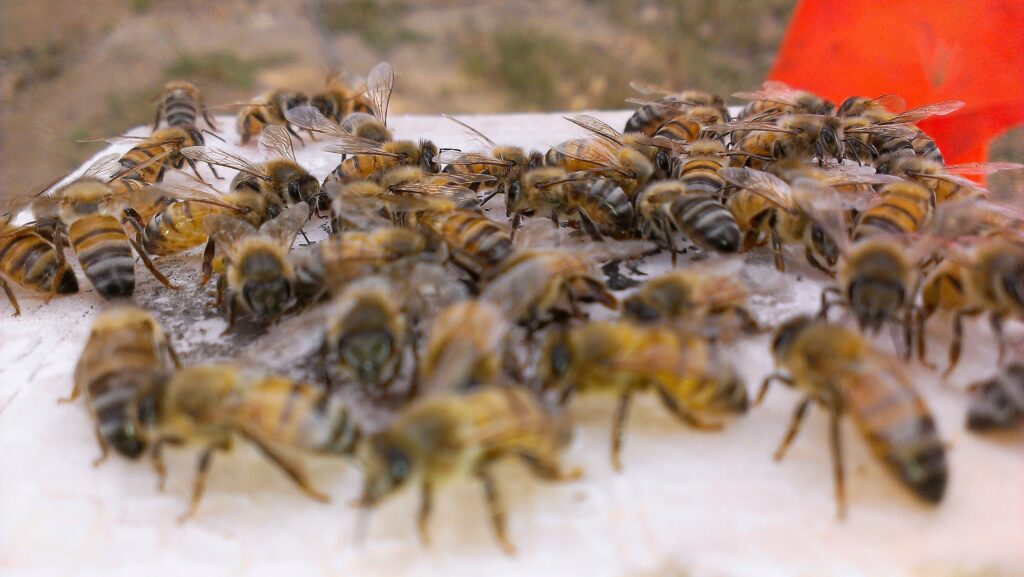
One of the darkest and most compelling aspects of locust swarm behavior is their tendency toward cannibalism, which ironically serves as a powerful driver of swarm movement. As resources become scarce within the massive swarm, locusts begin to attack and consume their weaker counterparts, creating a lethal environment for any individual that slows down or shows weakness. This constant threat of being eaten forces each locust to keep moving forward in the same direction as the group, creating a “forced march” effect that propels the swarm forward. Laboratory experiments have shown that even the scent of other locusts’ hemolymph (insect blood) can trigger increased movement and alignment. This macabre mechanism creates a simple but effective rule: move in the same direction as everyone else or risk becoming someone’s meal, resulting in the remarkable unidirectional movement of millions of insects across vast landscapes.
The Scale and Impact of Swarms
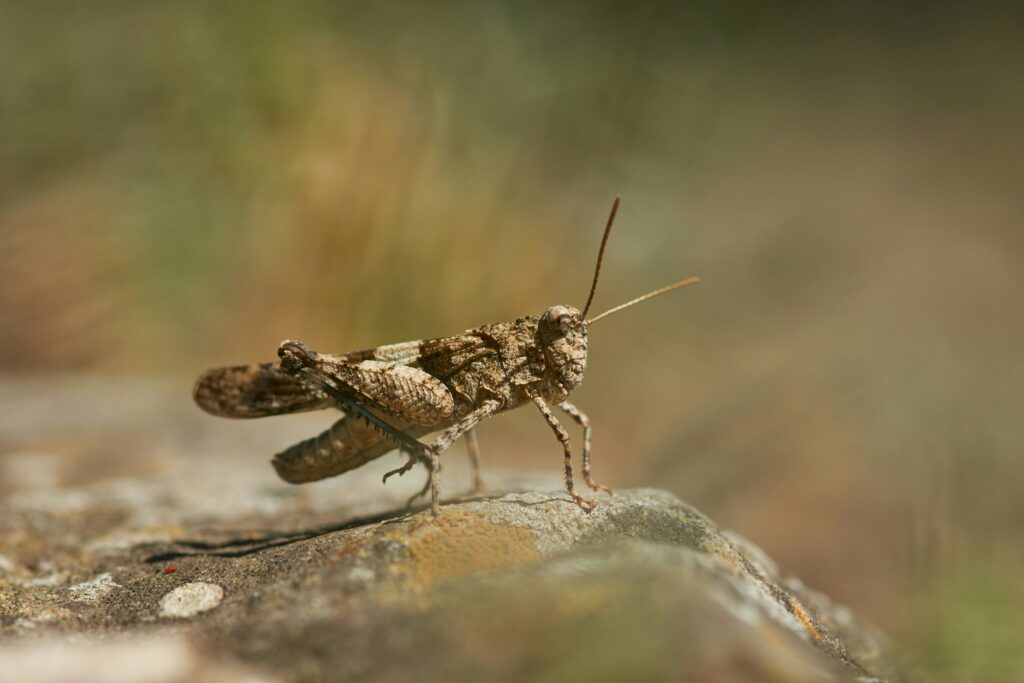
The sheer magnitude of locust swarms defies imagination and represents one of nature’s most awesome displays of biomass concentration. A typical desert locust swarm can contain up to 80 million individuals per square kilometer and may consist of several billion insects in total, weighing thousands of tons collectively. These living clouds can stretch across hundreds of square kilometers, darkening skies as they pass overhead. A swarm’s destructive potential is equally staggering – a single day’s feeding by a moderate-sized swarm can consume enough food to feed 35,000 people for an entire year. During the 2019-2020 East African locust crisis, swarms consumed up to 1.8 million tons of vegetation daily across Ethiopia, Kenya, and Somalia, threatening the food security of over 25 million people. The economic impact of major locust outbreaks can reach billions of dollars in agricultural losses, devastating rural economies and triggering food insecurity for years afterward.
Swarm Intelligence vs. Central Control
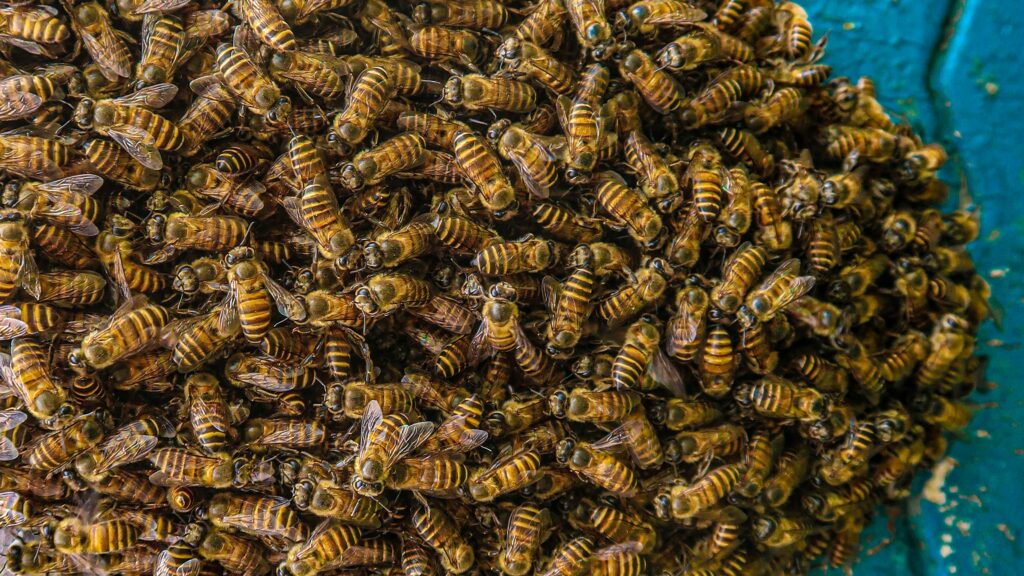
Unlike many coordinated animal groups such as wolf packs or human organizations, locust swarms operate without leaders or central control, showcasing true emergent intelligence. No individual locust has awareness of the swarm’s overall structure, destination, or purpose, yet the collective behaves as though directed by a single mind. This phenomenon represents a profound example of what scientists call “distributed intelligence” or “collective cognition,” where complex decision-making emerges from the interactions of many individuals following simple rules. The swarm can navigate around obstacles, find resources, adjust to changing weather conditions, and maintain cohesion despite losing thousands of members, all without any centralized coordination. This decentralized system proves remarkably robust compared to hierarchical organizations, as the loss of any individual—or even thousands—has minimal impact on the swarm’s overall function and movement patterns.
Sensing the Environment as a Collective

Locust swarms demonstrate remarkable environmental sensitivity that far exceeds the capabilities of any individual insect, creating a form of distributed sensory network. As millions of locusts simultaneously process environmental cues, the swarm essentially functions as a vast biological sensor array, detecting subtle gradients in temperature, humidity, air pressure, and food availability across enormous geographical areas. This distributed sensing allows the swarm to track optimal environmental conditions with remarkable precision. For example, swarms will adjust their altitude to catch favorable winds, sometimes flying as high as 2,000 meters to ride fast-moving air currents. They can detect rainfall patterns from hundreds of kilometers away and adjust their trajectory accordingly, following moisture gradients toward areas where vegetation is likely to be abundant. This collective environmental sensitivity enables swarms to migrate across inhospitable terrain and find resources with an efficiency that would be impossible for individual insects.
The Desert Locust: Master of Swarm Behavior
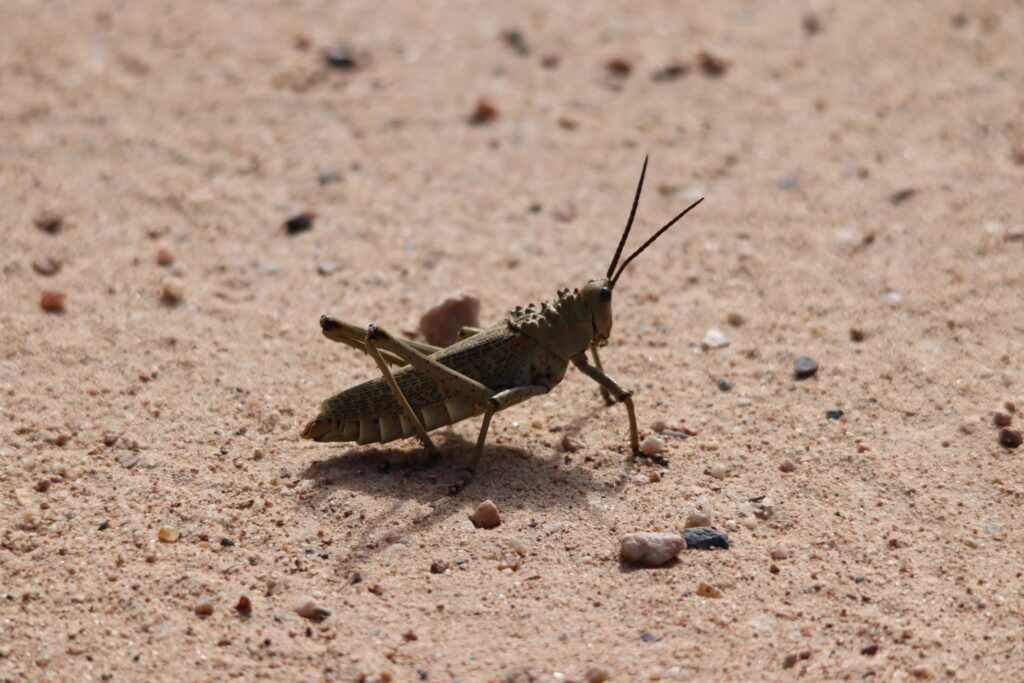
Among the various species capable of swarming, the desert locust (Schistocerca gregaria) stands as the undisputed champion of swarm formation and synchronized movement. Native to Africa, the Middle East, and parts of Asia, this remarkable species can increase its population 20-fold in just three months under favorable conditions, rapidly transitioning from solitary to gregarious behavior. Desert locusts hold several biological records that illustrate their extreme adaptation to swarming: they can fly continuously for up to 19 hours without rest, cover distances of up to 150 kilometers per day, and maintain swarm cohesion across migrations spanning multiple countries. Their physiological adaptations to support swarming are equally impressive, including specialized fat metabolism that enables sustained flight, efficient water conservation mechanisms, and the ability to consume a wide variety of plants that would be toxic to other herbivores. This adaptability has made the desert locust one of the most successful and destructive migratory insects on the planet, capable of affecting nearly 20% of Earth’s land surface during major plague years.
The Ancient Enemy: Historical Impact

Locust swarms have plagued human civilizations since the dawn of agriculture, leaving an indelible mark on our cultural, religious, and historical texts. The biblical Exodus famously describes locusts as the eighth plague upon Egypt, “covering the face of the earth, so that the land was darkened.” Ancient Egyptian hieroglyphics depict locust swarms as symbols of destruction, while Chinese records dating back to 707 BCE document swarms that triggered widespread famine. The Roman naturalist Pliny the Elder wrote detailed accounts of locust plagues sweeping across North Africa, noting that they were considered divine punishment. Perhaps most devastatingly, a Rocky Mountain locust swarm in 1875 covered an estimated 198,000 square miles of the American Midwest—larger than the state of California—causing agricultural collapse and mass migration from affected regions. This species mysteriously went extinct around 1902, marking one of the few instances where a major agricultural pest has completely disappeared. Throughout history, locust swarms have collapsed empires, triggered mass migrations, and shaped religious narratives, making them one of humanity’s oldest and most feared ecological adversaries.
Tracking and Predicting Swarms

Modern technology has revolutionized our ability to track and predict locust swarms, turning ancient guesswork into a sophisticated science. Today, the United Nations Food and Agriculture Organization (FAO) leads global monitoring efforts using a combination of satellite imagery, drones, GPS tracking, and ground surveys to detect early signs of locust breeding and movement. Advanced remote sensing can detect subtle changes in vegetation that indicate optimal locust breeding conditions, sometimes predicting outbreaks months in advance. Weather and climate models are integrated with locust population data to create sophisticated prediction systems that forecast potential swarm trajectories and intensities. Perhaps most impressively, artificial intelligence algorithms now analyze historical swarm data alongside real-time environmental factors to identify patterns invisible to human observers. Mobile phone apps enable farmers and field workers across Africa and Asia to report locust sightings in real-time, creating a crowdsourced early warning network that feeds into global monitoring systems, demonstrating how modern technology can help manage one of humanity’s oldest agricultural threats.
Controlling the Uncontrollable
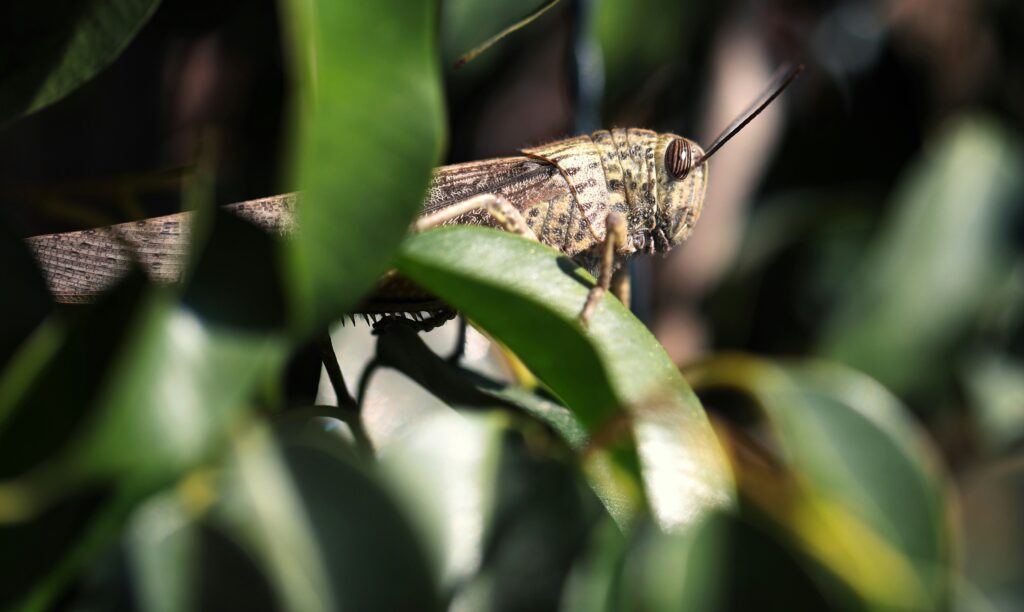
Controlling locust swarms presents one of agriculture’s most daunting challenges, requiring coordination across multiple countries and diverse control strategies. Traditional chemical control involves aerial spraying of insecticides over breeding areas and forming swarms, but this approach raises significant environmental concerns about impacts on beneficial insects, water sources, and human health. More targeted biological controls have emerged as promising alternatives, including the fungus Metarhizium acridum, which specifically infects locusts without harming other organisms. This “green muscle” approach has proven effective in field trials across Africa, killing locusts within days while posing minimal environmental risks. Some countries have deployed innovative mechanical controls, including giant nets to capture locusts for use as high-protein livestock feed or even human consumption in certain cultures. Perhaps most promising are preventative strategies focused on early intervention in the “recession areas” where locusts breed, detecting population increases before the gregarious phase begins. International cooperation through organizations like the FAO’s Desert Locust Information Service has proven crucial, as effective control requires coordinated action across political boundaries that locusts freely ignore.
Lessons from the Swarm: Applications in Technology
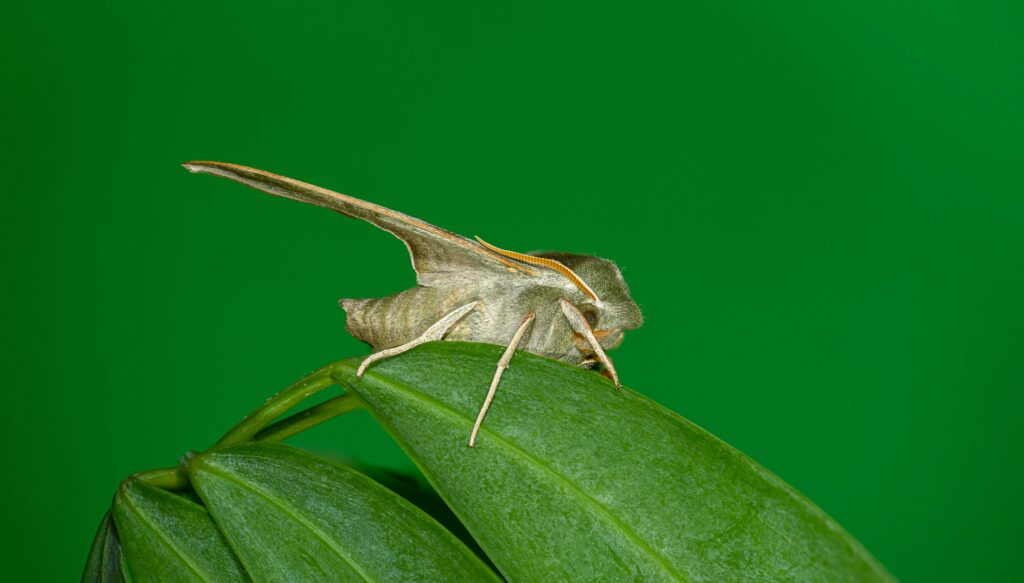
The extraordinary coordination displayed by locust swarms has inspired numerous technological innovations across diverse fields. Computer scientists have developed “swarm algorithms” based on locust movement principles to solve complex optimization problems that traditional computing struggles with, including network routing, manufacturing logistics, and robotic coordination. Engineers have designed autonomous drone swarms that mimic locust collision-avoidance techniques, enabling groups of small unmanned vehicles to navigate complex environments without centralized control. The medical field has explored locust-inspired “nanobots” that could potentially travel through the human bloodstream in coordinated groups to deliver targeted treatments. Perhaps most practically, traffic flow models incorporating locust movement principles have improved urban planning and emergency evacuation procedures by better understanding how to manage large numbers of individuals moving through confined spaces. These applications demonstrate how nature’s solutions to complex coordination problems, refined over millions of years of evolution, can inform cutting-edge human technologies and potentially solve previously intractable challenges through distributed decision-making approaches.
Climate Change and Future Swarms
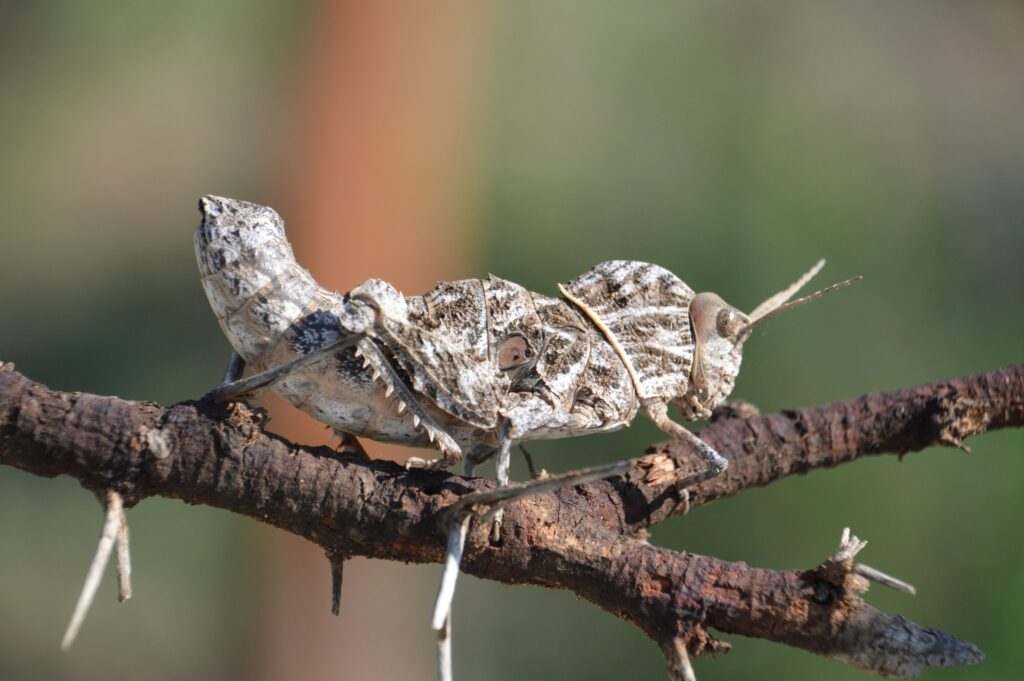
Climate change is dramatically altering the dynamics of locust swarms, potentially making outbreaks more frequent and severe in coming decades. Rising temperatures are expanding suitable breeding habitats for many locust species, while increasingly erratic rainfall patterns—particularly the cycle of drought followed by heavy precipitation—create ideal conditions for population explosions. The 2019-2020 East African locust crisis, one of the worst in decades, was directly linked to unusually heavy rainfall driven by Indian Ocean warming, demonstrating this climate-locust connection. Climate models predict that key locust breeding regions in Africa and Asia will experience precisely the weather patterns that trigger gregarious behavior, potentially increasing outbreak frequency from once every few decades to every few years in some regions. Additionally, warming temperatures may accelerate locust development rates and extend their active seasons, allowing more generations per year. International monitoring organizations are now incorporating climate predictions into their early warning systems, recognizing that locust management in the 21st century must account for rapidly changing environmental conditions that may make these ancient agricultural enemies even more formidable challenges to global food security.
Conclusion
The phenomenon of locust swarms represents one of nature’s most remarkable examples of collective behavior—a living demonstration of how simple interactions between individuals can create complex, emergent systems that function with seemingly purposeful coordination. From the neurochemical triggers that transform solitary insects into social ones, to the mathematical elegance of their movement patterns, to their devastating impact on human agriculture through history, locusts continue to captivate scientists and challenge our pest management capabilities. As climate change alters the frequency and intensity of locust outbreaks, understanding their swarm intelligence becomes increasingly crucial for protecting food security. Meanwhile, the principles underlying their coordination continue to inspire technological innovations across numerous fields. In these humble insects, we find profound lessons about self-organization, emergent properties, and the power of simple rules to generate complex, adaptive behaviors—reminding us that even our most ancient agricultural enemies have something valuable to teach us about collective intelligence and coordinated action.

